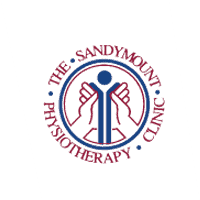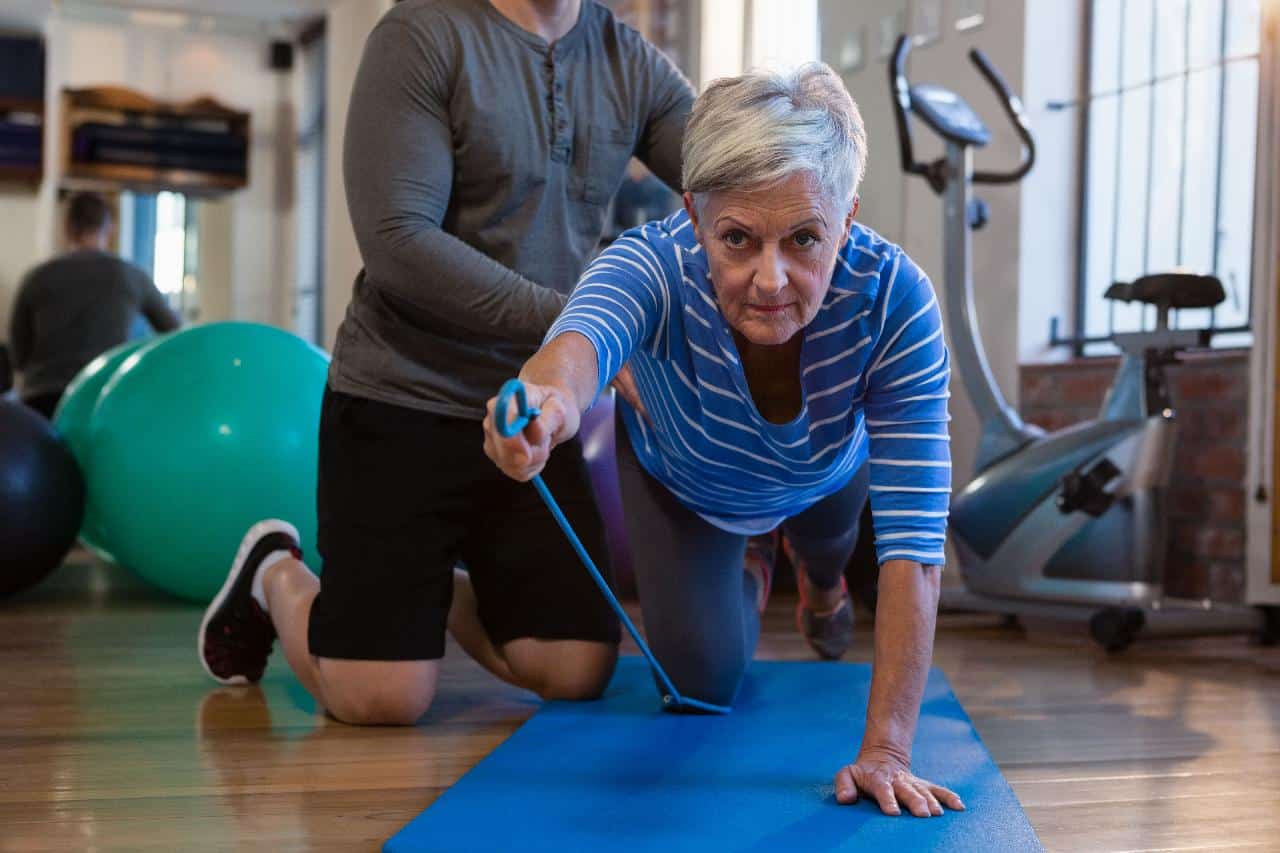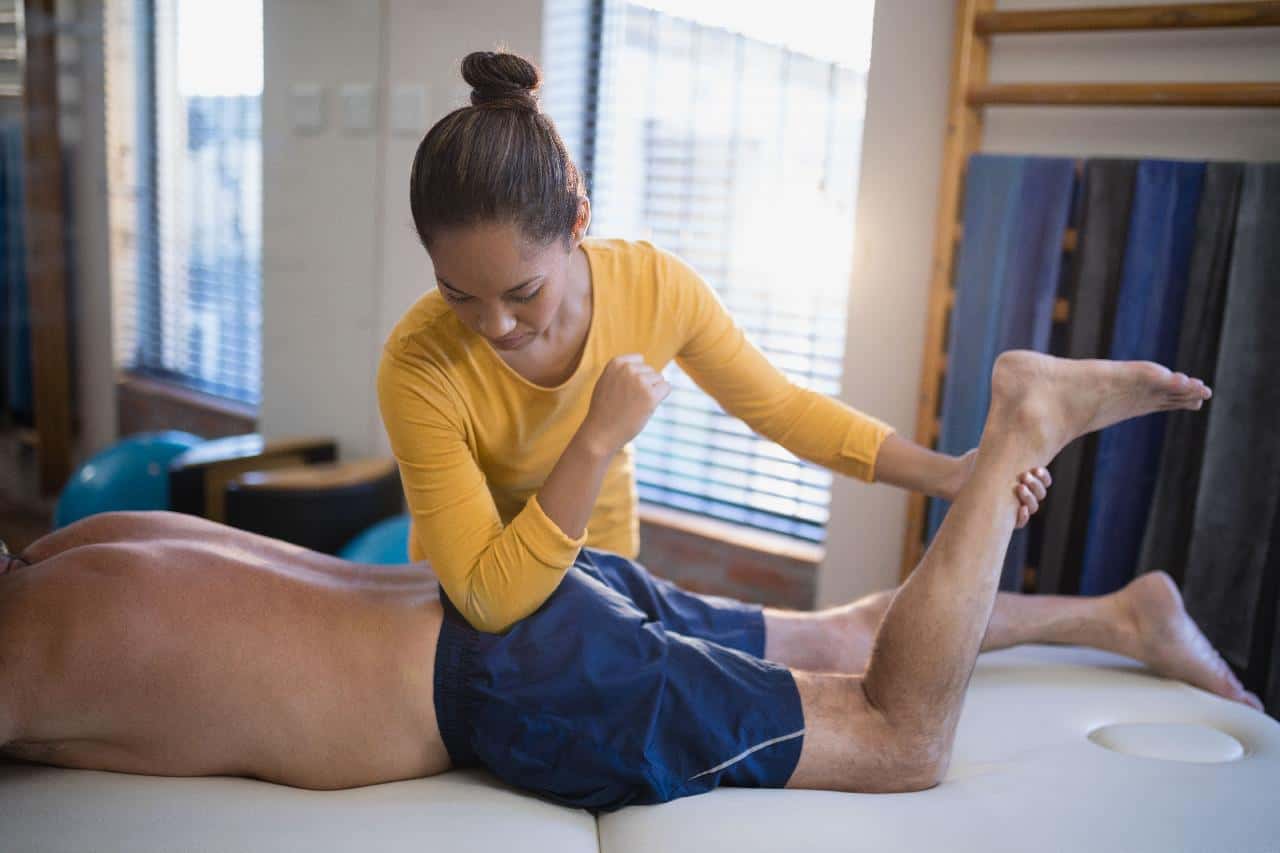Injury to Bone,
Muscle and Joint
Musculo-Skeletal Injury describes a myriad of injuries to muscles, joints and their supporting structures and Physiotherapy has much to offer in the first 48 hours following an injury. Patients most frequently present for physiotherapy with pains, aches or stiffness which interferes with normal life. These problems include
Joint pain + stiffness e.g. frozen shoulder, rotator cuff impingement syndromes, arthritic knees, patellofemoral pain syndromes
Sports Injuries e.g. acute hamstring pull, calf strain, IT band syndrome, (runners knee), ligament injury and post surgical repair
Foot or ankle pain following acute ligament sprain, painful flat feet from collapsed arches, plantar fasciitis or heel pain, ruptured tendoachilles
Back and Neck injuries e.g. facet joint pain, prolapsed disc, sciatica, arm pain /pins and needles
Chronic Pain Syndromes and Posture related imbalance syndromes, e.g. Repetative Strain Injury (RSI)
Pain can result from normal wear and tear espically in people over 40. It is normal for the collagen in our tissues to become less elastic over time and this can result in minor abnormalities in the way our joints move or how the tissues function. These tissues, when subjected to apparently minor trauma can become injured and result in pain i.e. bending to tie shoe laces resulting in debilitating Low Back Pain, clipping a hedge resulting in shoulder pain..
Injury can occur from overload or overuse espically when performing repetative activity. This type of injury can occur suddenly at home and on the sports field as in lifting a heavy weight, reaching to catch something or can come on gradually over months like the shoulder tendonitis and ‘frozen’ shoulder. Other frequent injuries which fall into this category will include Tennis and Golfers elbow, Rotator Cuff tendinosis, Repeatative Strain Injury in the arms of the computer worker and carpel tunnel syndrome.
Direct trauma such as falling in the garden, a collision on the sports field or in a road traffic accident can result in a myriad of injuries and may include fracture, crucuate or ankle ligament sprain, tear or rupture of muscle and tendon, “dead Leg” and “stinger”.
This type of injury requires immediate first aid, Protect ,Rest, Ice, Compression and Elevation (PRICE) and your physiotherapist can help from very early on, speeding recovery. Once the acute phase of repair has occured evidence based medicine reports that early movement and normal contraction of muscle accelerates healing. Physiotherapy has much to offer in the first 48 hours following soft tissue injury. Bone fracture usually requires a period of immobilization in a cast or brace but early movement, under the supervision of your physiotherapist once the cast is removed is vital to speed recovery. This holds through whether you have broken your wrist, your leg or fractured a small bone in your foot.
Hospital Consultants and GP’s frequently referr patients to Sandymount Physio for follow up treatment. Our physiotherapists will liase direcly with referring doctors and follow recognised protocols of treatment with you following hip, knee and shoulder joint replacement surgery, ligament repair, shoulder tendon and labral repairs. Physiotherapists can assist with regaining shoulder movement following breast surgery and mastectomy.
At the end of treatment or in the event of a slower than expected recovery it is our policy to provide written reports of findings and treatment to the referring doctor and to update a consultant as requested by the client.




